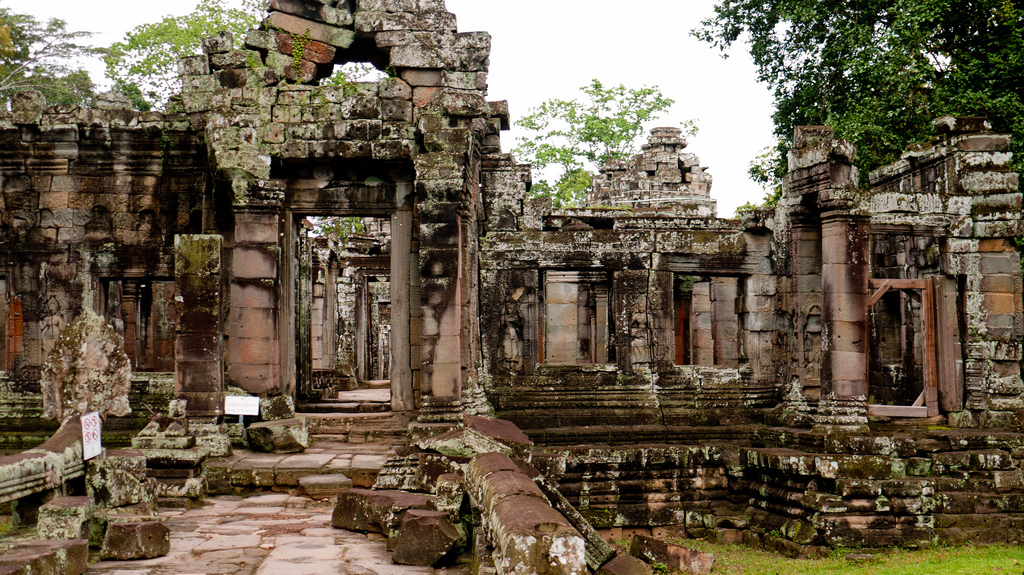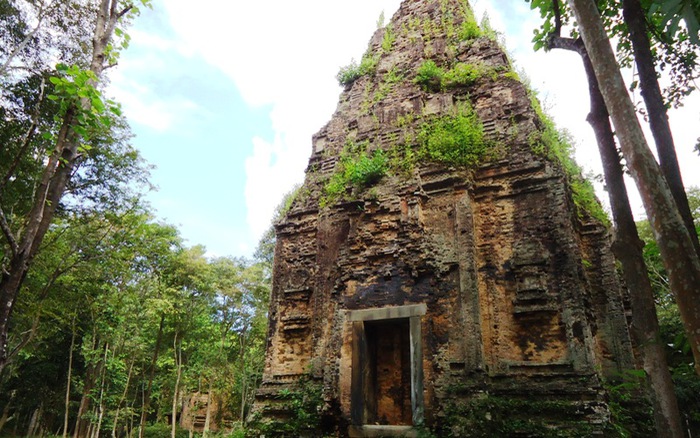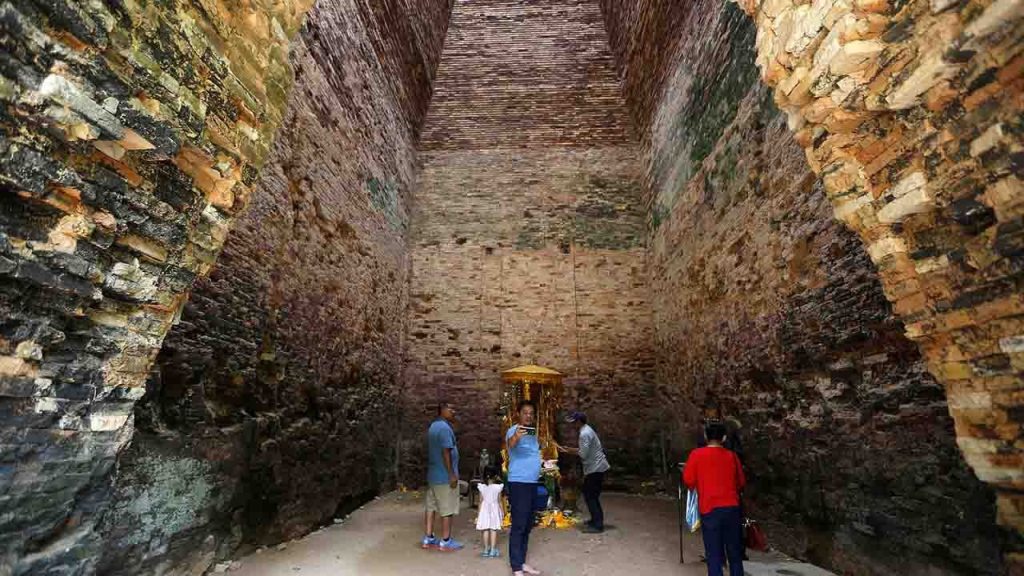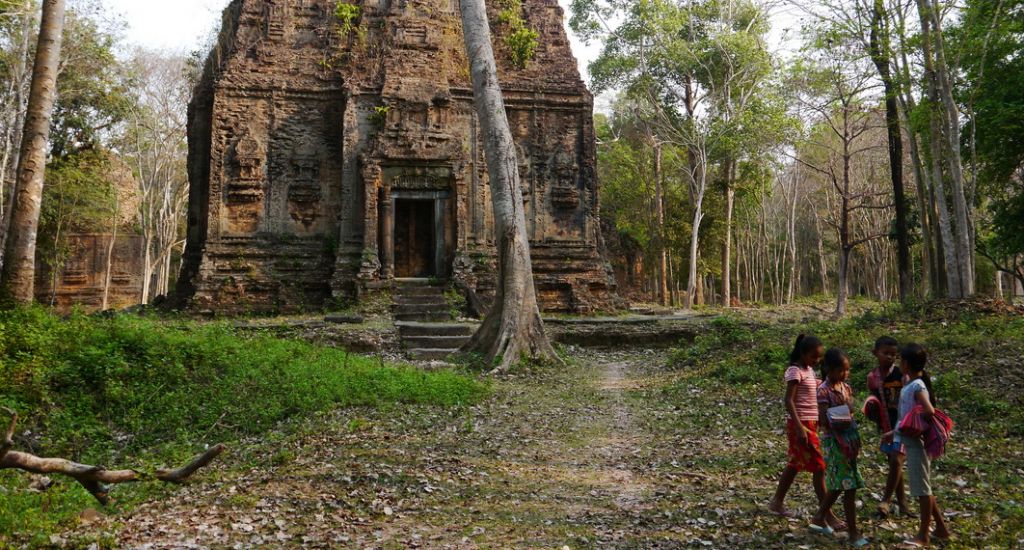When visiting the very oldest temples of Angkor, it’s clear that their art and architecture were already very refined. Obviously, the civilization didn’t just spring up out of nowhere. But who was there before? While the exact details are murky, it’s generally believed that two Cambodian kingdoms preceded the birth of Angkor in the 9th century: Funan and Zhenla. And it’s the latter that brought us the surprisingly well-preserved ruins of Sambor Prei Kuk, which date as far back as the 6th century AD.

Pre-dating the temples of Angkor by hundreds of years, the more modest 6th-9th century towers of the Sambor Prei Kuk complex lack the shock and awe of their famous descendants in Siem Reap, but they possess charm and peace.

The simple red-brick structures, located along sandy forest tracks that allow for a pleasant two-hour stroll to see the highlights, were built at a time when Cambodian monarchs worshiped Hindu gods. Modern replacements of the long-ago pilfered status and lingas inside some of the temples help to conjure brief images of what was once a bustling holy site, and capital to an empire stretching into modern Thailand, Laos and Vietnam.

The property comprises more than a hundred temples, ten of which are octagonal, unique specimens of their genre in South-East Asia. Decorated sandstone elements in the site are characteristic of the pre-Angkor decorative idiom, known as the Sambor Prei Kuk Style. Some of these elements, including lintels, pediments and colonnades, are true masterpieces. The art and architecture developed here became models for other parts of the region and lay the ground for the unique Khmer style of the Angkor period.

The roots of ancient banyan trees, which almost seem old enough to be from that era, seem to be holding some of these structures together today.
The fact that this site has survived over 1,000 years of worship, neglect, conflict, erosion, and some US bombing in the 1970s is testament to the care with which it was built, and maybe a little divine intervention.

According to movetocambodia.com and whc.unesco.org











